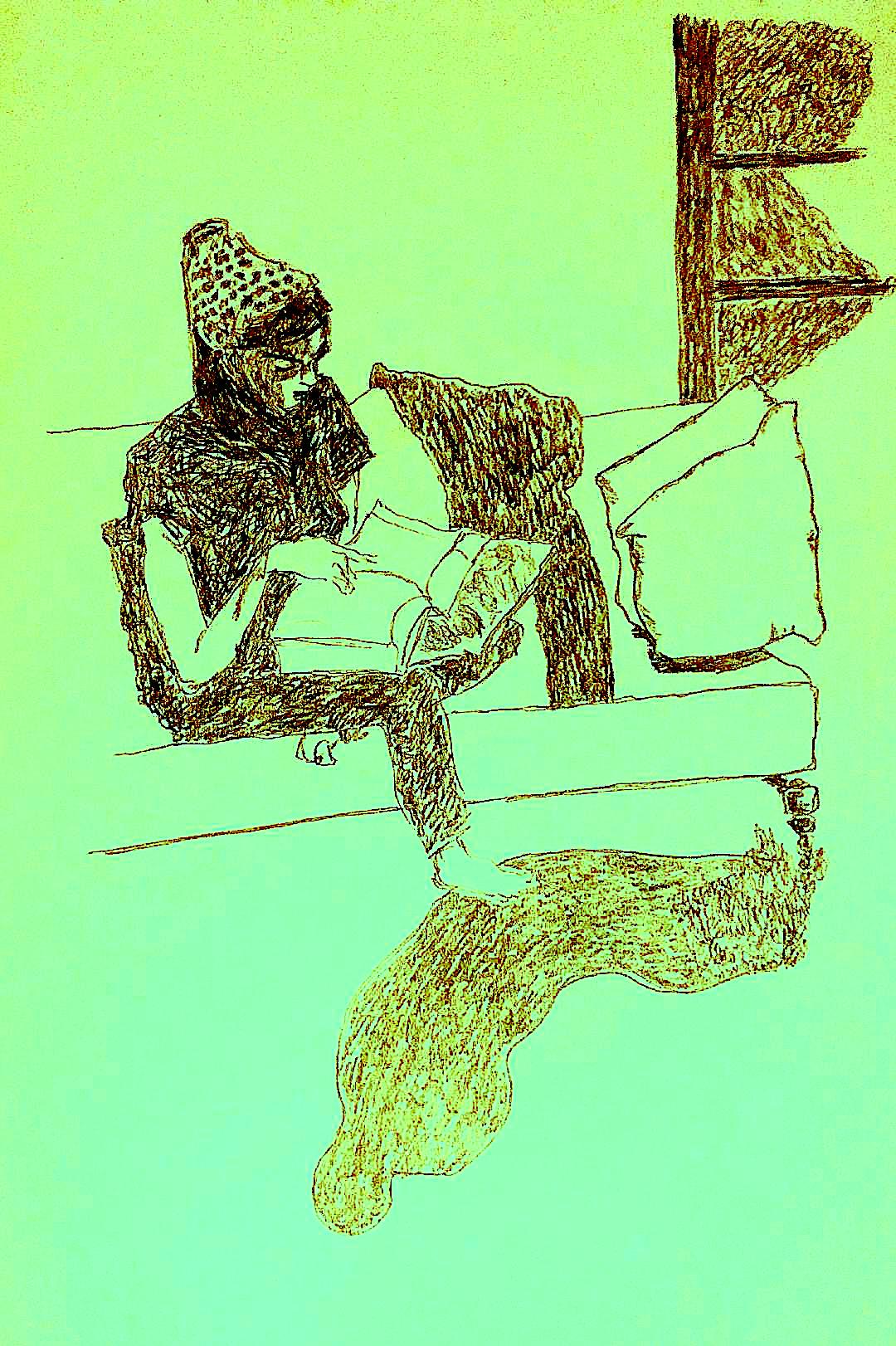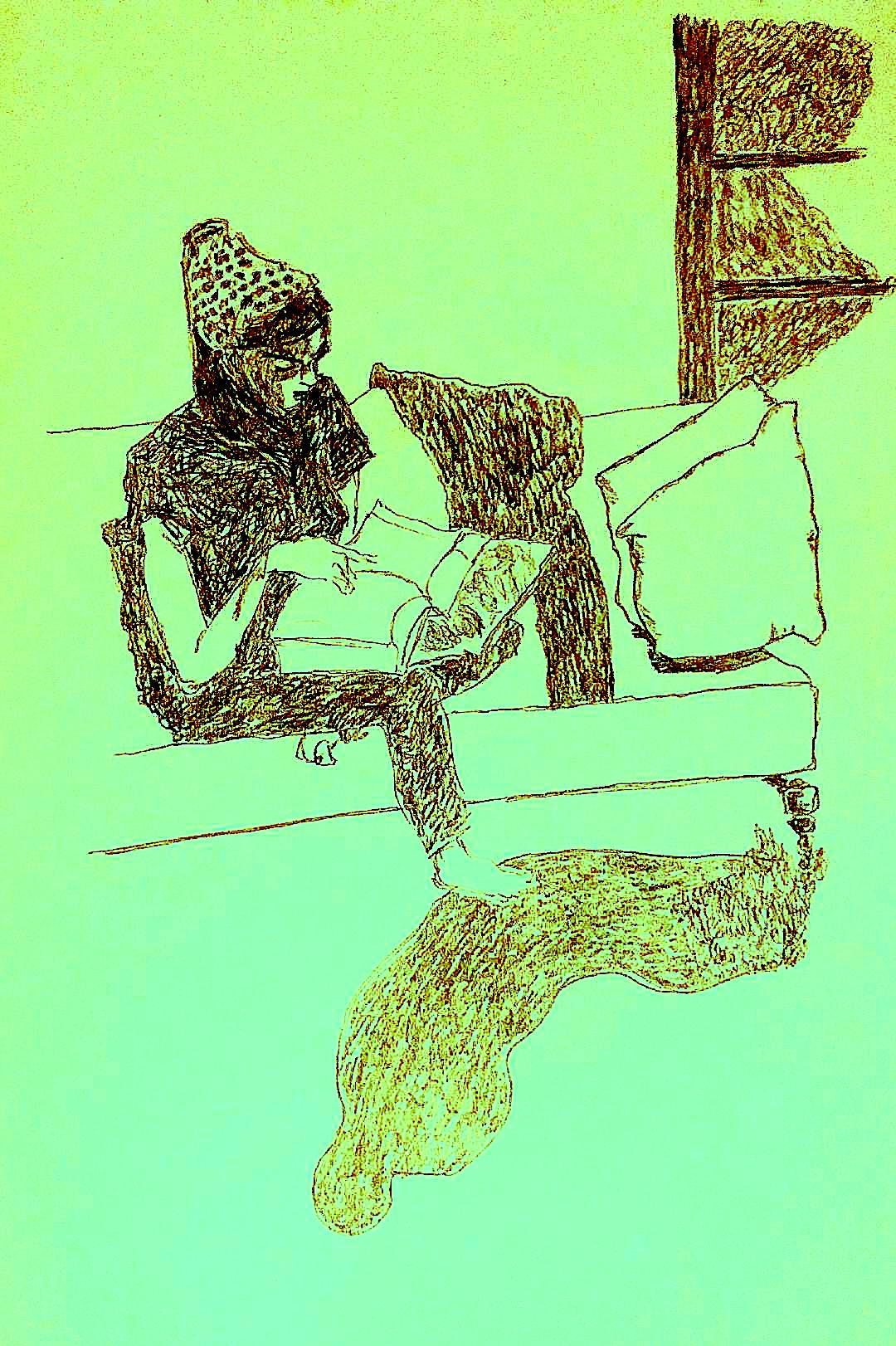Note on Philosophical Perspectives by Wilfred Sellars (1)


Part 1 of Sellars’ Philosophical Perspectives collects six historical studies that he treats as live tools for present problems. He starts with Plato, moves through Aristotle, and ends with Leibniz. His theme is constant. We explain the world by using concepts that are governed by rules, and these rules need clear roles in any good account of universals, particulars, explanation, and identity through change.
In The Soul as Craftsman Sellars reads Plato’s talk of Forms through the image of craft. Think of a trained carpenter making a chair. The carpenter follows rules that say what counts as a good mortise, a square angle, and a stable base. The point is not that a separate object called the Form of Chair hovers over the workshop. The point is that making and judging are guided by standards that exist as parts of a practice. A recipe for bread works the same way. It fixes what counts as doing it right. Talk of a universal, such as chairness or breadness, earns its keep because it lets us explain why many different items can count as the same kind when they conform to the rule. The standards are not passive pictures of an independent realm. They are criteria that govern performance. When we say a bench fits the standard for a chair we are not pointing to a ghostly object. We are showing that the bench meets the rule bound profile that makes seating fit for purpose.
The paper on Vlastos and the Third Man uses this craft picture to defuse the regress about Forms. The regress begins if we treat the Form and the instances as all large in exactly the same way, and then demand a further Form to explain their similarity, and so on without end. Sellars’ move is to separate two jobs that the word universal often tries to do at once. One job is to be a standard for classification. Another job is to be a common feature that explains resemblance. Consider a set of meter sticks made in the same factory. We can explain their similarity by a shared manufacturing process and a common alloy. That is the common feature job. But we also use one certified stick, kept in a lab, as the standard of a meter. That is the standard job. We do not need a further super standard to link the certified stick with the others. The linking is done by rules that say how to calibrate and how to check.
Likewise with Plato. If we keep apart the role of a paradigm within a practice from the role of an empirical feature among things, the demand for a new Form at each step loses its force. Typing and tokening shows the same point in a familiar way. The word cat printed three times on a page gives three tokens of one type. We do not need a fourth word to bind the three together. The rules of spelling and meaning already do that work.
The middle essays on Aristotle carry the weight of Part 1. Hylomorphism says that concrete things are compounds of matter and form. A house is bricks and timber arranged as a dwelling. The bricks are the matter. The plan that makes them one house rather than a pile is the form. A violin is wood shaped and set up to be a violin. The wood is matter. The pattern that makes it a resonant instrument is form. Sellars stresses that this is not a physics of hidden ingredients. It is a map of explanatory roles. Aristotle’s four causes make this explicit. Material cause answers what it is made out of, such as spruce and maple for the violin. Efficient cause answers what makes it come to be, such as the luthier’s cutting and gluing, or the drying of the glue. Formal cause answers what it is, in the way a definition does, such as a bowed string instrument with a certain body and tuning. Final cause answers what it is for, such as producing sustained musical tones in a range that supports melody. If we try to reduce everything to pushes and pulls we miss why the same chunk of wood counts as raw lumber at noon and as a violin body in the evening. The identity comes from the form, which is the success profile fixed by the practice of violin making and playing.
Raw Materials, Subjects and Substrata faces the puzzle of persistence through change. Many objects change properties yet remain one and the same. A clay statue is smashed and the clay is rolled into a ball. The colour remains, the shape changes, the mass remains, the name changes. What is the bearer that persists. A common answer says there is a bare subject under the properties, a pure this that stands behind all features. Sellars argues that this answer does not help. You cannot point to a bare this without using general concepts. If you say this, you still rely on sortal concepts, that is, kind terms that carry identity rules. The word person brings such rules. It tells you what counts as the same person through growth, haircut, and change of clothes, and it tells you what would break identity, such as death and replacement by a robot duplicate. The word lump of clay carries different rules. If the clay statue is reshaped the statue ceases to exist because the form that made it a statue is gone, yet the lump of clay may continue. The talk that looked like a reference to a bare subject was really tracking an item under a sortal. Once we acknowledge that, there is no pressure to frame identity as a featureless core. Matter under the right form, together with the sortal’s criteria, explains how something can change and remain.
Examples from everyday classification make the point plain. A £1 coin that is scratched is still legal tender because the sortal coin fixes identity by minting, denomination, and legal status rather than by surface gloss. Scratch a barcode on a library book and it remains the same copy for lending purposes if the system treats a replacement barcode as preserving the record. Replace all the pages with photocopies and the copy might no longer be the same for conservation purposes because that sortal has different standards. We keep track of things by rules tied to kinds. We do not keep track by peering behind properties at a bare subject.
Meditations Leibnitziennes tests Aristotle’s picture against Leibniz’s rationalism. Two principles matter. The Principle of Sufficient Reason says that for every fact there must be an explanation. The Identity of Indiscernibles says that there cannot be two distinct things that share all the same properties. The second is easy to picture. Imagine a universe containing only two iron spheres of the same size, composition, and position relative to the rest of the empty space. Leibniz would say that this set up is impossible. If there is no property that tells them apart there is nothing to make them two. The first principle pushes us toward a world fully covered by laws. If physics gives a complete set of laws for the field of states, one may be tempted to say that what we call individuals are only convenient ways of speaking about patterns in the field.
Leibniz rejects that temptation by postulating monads. A monad is an indivisible centre of perspective. It does not push or pull. Instead, all monads unfold their states according to their own internal laws, and God synchronises them so that they fit together. Two clocks show the same time not because they interact but because they were set in harmony.Sellars wants the benefits without the baroque machinery. He keeps the demand for reasons and he keeps the warning that identity cannot be a mere label printed on duplicate things. He does so by insisting on the role of sortals and practices even in a law governed world. The laws may tell us how the field of states evolves. They do not by themselves fix what counts as one electron, one table, or one person.
That task belongs to the concepts that come with identity rules. In a cloud chamber we pick out an electron track by applying a scheme that says which line segments to group as one trajectory. In ordinary life we pick out one table by applying a scheme that says which parts must hang together to count as a table. Individuality is not a primitive thisness behind features. It is the result of using kind concepts in a stable way within explanation.
Across the six studies three lessons recur. First, predication and participation are moves within practices. When we say many things are triangles we are using a rule that marks off figures with three straight sides that sum to a certain angle. We are not copying a trait from a separate object called Triangle. Keeping the roles straight prevents regress. Second, hylomorphism is a clear model of how explanations fit together. A loaf of bread is flour and water, but it is also dough mixed, proved, and baked to a standard for bread. The standard belongs to the form. If you cram only efficient and material causes into your account, you will be unable to explain why a collapsed loaf that has all the same molecules does not count as a good loaf. Third, identity through change depends on sortals. A river is the same river through changes in water because the kind fixes identity by source, course, and basin. A bucket of water is not the same bucket of water after you pour half away because that kind fixes identity by volume and container.
Sellars treats Plato, Aristotle, and Leibniz as partners. Plato shows how norms and standards make classification possible. Aristotle shows how form, matter, and the four causes make explanation layered rather than flat. Leibniz shows how a demand for reasons pressures accounts of individuality, which we meet by making the role of sortals explicit. None of this requires a museum of separate entities. It requires careful work on the logical roles played by our concepts within successful practices, from building chairs and violins, to calibrating measuring rods, to tracking electrons, coins, and people through time. The result is a vocabulary in which talk of universals, substance, and identity is precise, modest, and useful for contemporary metaphysics and for the philosophy of science.